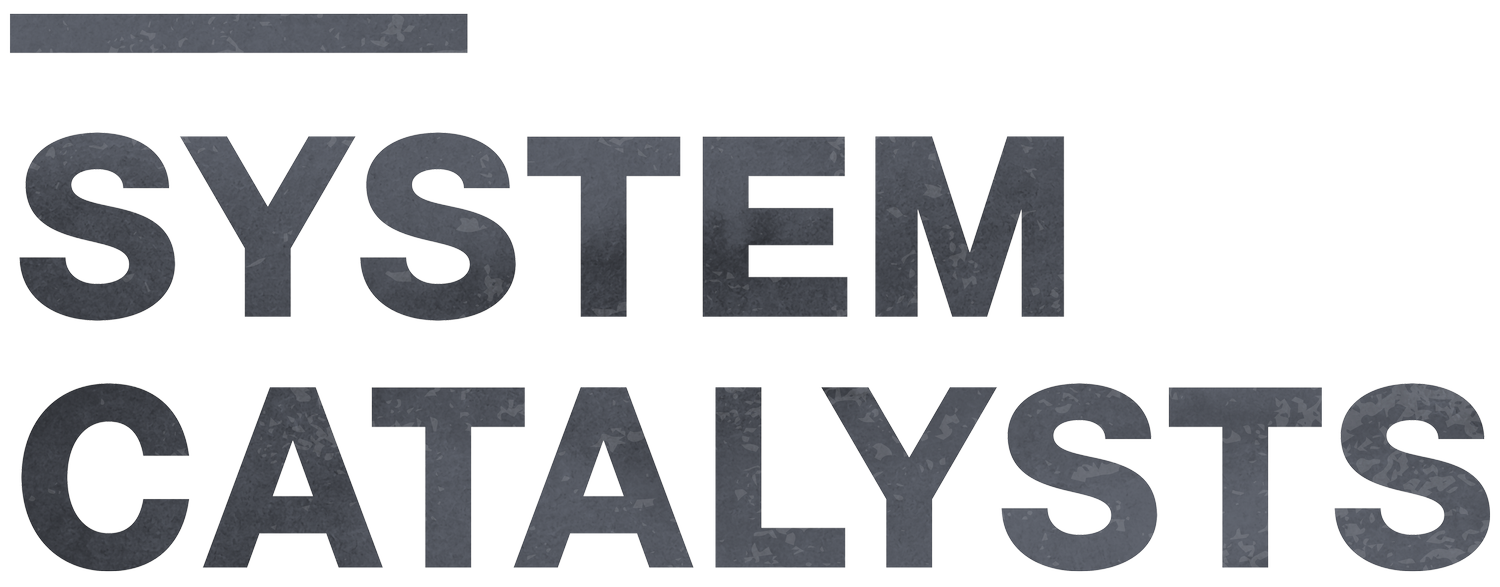
An Intro to Systems Change
(by the Catalysts that do it every day)
Let’s say you want to solve a big problem in the world -
something really complex.
Maybe you want to…
• End starvation in Yemen?
• Solve homelessness in Southern California?
• Fix something in U.S. healthcare?
• Change a safety policy with public schools in your state?
You know the Current system isn’t working.
But you’re just one person—
what can you do?
Maybe you want to fund a project?
or you are a leader who needs funding…
Either way, how do you create lasting solutions for problems that have deep roots and have been around for decades?
The answer is within a phrase you may have heard: Systems Change.
It’s a concept that’s been gaining momentum over the past several years, and though it may seem obvious on the surface, the idea is that in order to solve the big problems of the world, you have to change the underlying systems and structures behind these problems.
And this is where it gets both complicated and (very) interesting.

We all know the old, top-down way of solving big problems: a white Western organization goes to Africa, for example, to “fix” something without understanding a few crucial things…
They don’t understand:
• The environment they are dropping into, or
•The people they are trying to help.
They are not collaborating with anyone else in the situation actively working on the same issue.
Though they may be well-intentioned, their primary obligation is to the donors back home, and as long as they can say “mission accomplished” to them, who’s to know the whole story?
but in the last two decades…
With some leaders applying principles of Systems Change, we’ve learned that creating real solutions to big problems is possible. It’s complicated, but it actually works. And there are two common things that are required to make it work:








